Content from the Brookings Institution India Center is now archived. After seven years of an impactful partnership, as of September 11, 2020, Brookings India is now the Centre for Social and Economic Progress, an independent public policy institution based in India.
The recent Cabinet decision to open up coal mining to commercial miners, who will now have the freedom to sell coal in the open market, is an interesting development.
For decades since its nationalisation, the public sector Coal India Limited (CIL) has dominated coal production in India, producing some 82 per cent of Indian domestic coal (figures from financial year 2014-15), and becoming the largest coal miner in the world by production.
CIL is also the single largest employer in the mining sector in India, and the only one allowed to sell coal in the market (besides Singareni Collieries Company Limited or SCCL, the second-largest producer but an order of magnitude smaller in size).
With this latest development, decision-makers expect private players to bring in competition along with private investment, technology adoption and international best practices.
There are three key questions to consider with this decision:
- Is this needed? What are the specific objectives for allowing new entrants? If they produce output, is that growth or displacement of other miners? If it is the latter, will the produce by “superior” in terms of cost, environmental impact, etc.?
- Will global players want to come in? This has two main components – the opportunity (linked to point 1) and the rules of the game (linked to point 2).
- What do we need to think through to make this a success? More than just the rules of the game for coal miners, which are critical, what else matters at an ecosystem level?
As of the financial year 2016-17, 34 of Coal India Limited’s mining projects were delayed, mainly due to problems in getting forest clearances and land acquisition.
A number of these issues are complex, and the long-term future of coal demand is evolving due to energy transitions towards cleaner fuels, but immediate reactions to these three issues above suggest the need for clarity or need to take action on the below points (a non-exhaustive list):
- What type of projects are planned and where? Greenfield projects take extensive time, and are also subject to process and bureaucratic challenges, especially relating to environmental clearances and land (often secondary land, not the mine itself). If we assume all the best mines are already producing, these are then more likely remote or higher-effort (more overburden removal) mines.
- Are the mines of the right size? Global players focus on economies of scale with large mechanisation. Their preference, if not requirement, is for mines much larger than the majority of mines India and even CIL-operated blocks.
- How prepared are the mine documents? If technical details are not clear, proper valuation is difficult, raising risks.
- What is the allocation process? The default has been auctions, but the experience of previous rounds has ranged from “irrational exuberance” to ignoring them. Even auctions have a lot of options, and the unnecessary complexity in the past has not helped (e.g., the reverse + forward bids for the power sector).
- Streamlining process bottlenecks. As of the financial year 2016-17, 34 of CIL’s mining projects were delayed, mainly due to problems in getting forest clearances and land acquisition. Gathering the necessary approvals and licences from various authorities (local as well as central) will be a far higher challenge for private entities.
- Creating a level-playing field. Public sector units (PSUs) have been given allocations, and there has been another process for the private sector to bid for captive In addition to this are distortions between thermal coal for power and non-power users. If the input cost structures are different, this leaves little room for output competitiveness just on the basis of efficiency. At the extreme, it may reduce interest in mining.All of these issues can be considered a subject of coal pricing complexities. Regulated rate of return is one option. Markets are another. They are both justifiable and used around the world. What is much harder is when both operate together. Instead of the best of both worlds, we risk the worst of both worlds, e.g., through cherry-picking.
- What about the buyer and transporter? While part of the worry about coal plants depends on power sector dynamics, issues of contracts, power purchase agreements, and linkages (Fuel Supply Agreements) need improvements, without which we may end up having a non-level-playing field.
- Policy consistency and removing subjectivity. Too many projects in coal and allied fields have faced commercial challenges due to what is ostensibly “change in law.” Some changes are technical, leading to improved products or process, but these have a cost that ultimately is borne by some stakeholder in the value chain. Some changes are simply contractual or legislative, and at the very least, they must reflect holistic planning.
Changing norms after the fact is contentious in India, and when this happens with commercial bids and projects often ends up in the courts. We suggest spending more time in planning, with open-ended multi-stakeholder consultation, displacing the model of execute first and details later. Like many things, the devil is in the details.
So much discussion, of course, focuses on what happens if this does not work or fails? Maybe we also need a separate discussion on what happens if it works? Schumpeter reminds us about creative destruction – maybe positive, but with its own heartache, winners, and losers.
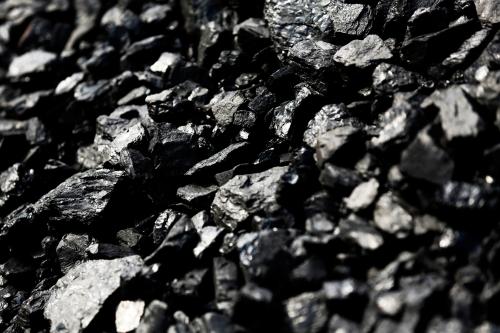
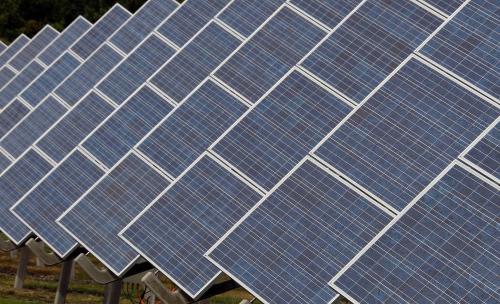

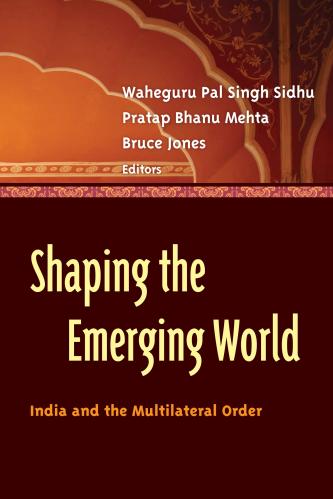

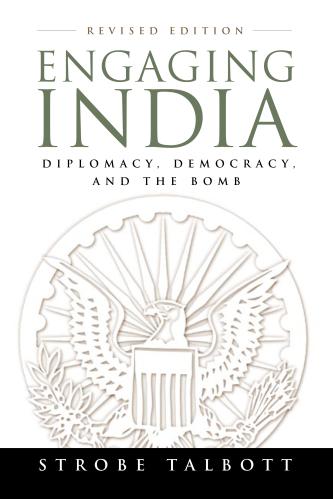



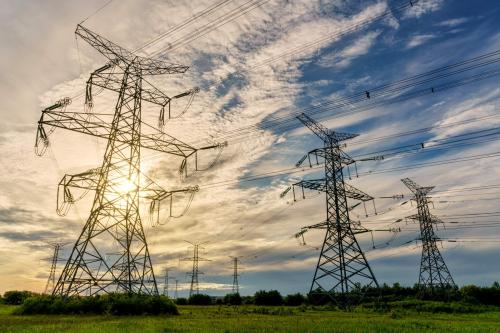
Commentary
Commercial coal mining in India: A possible but not irrefutable game changer
March 1, 2018